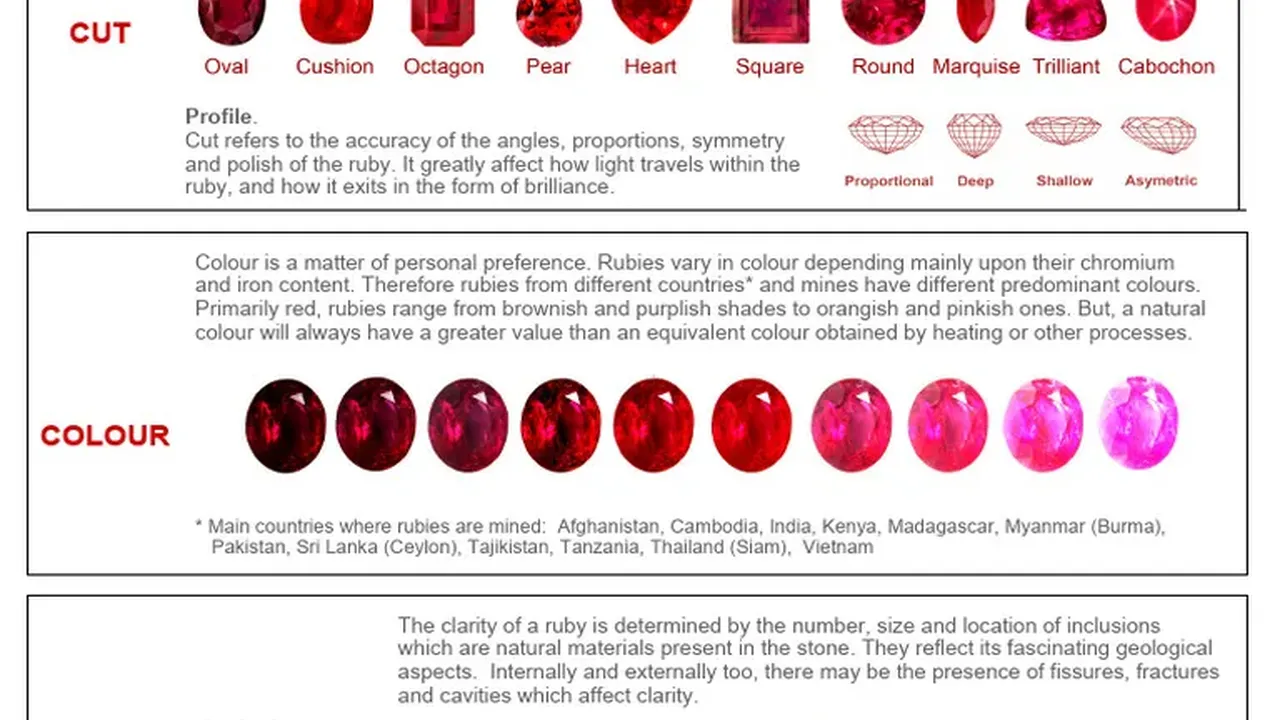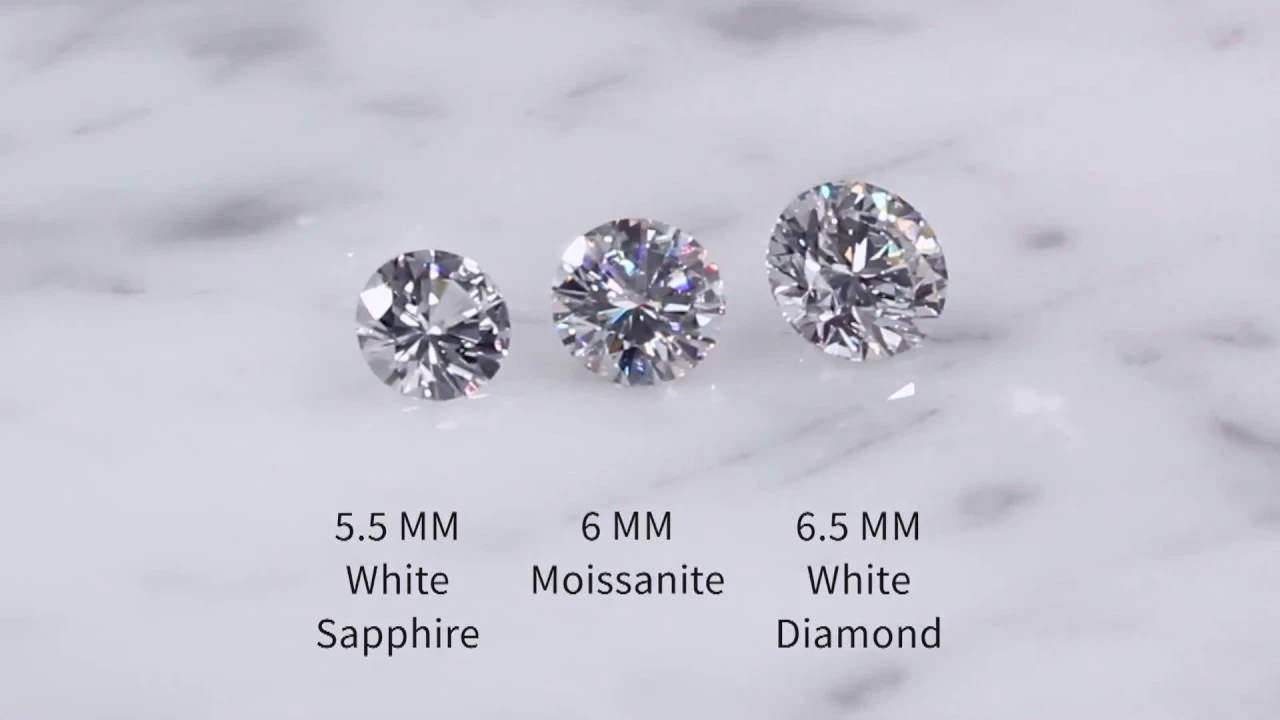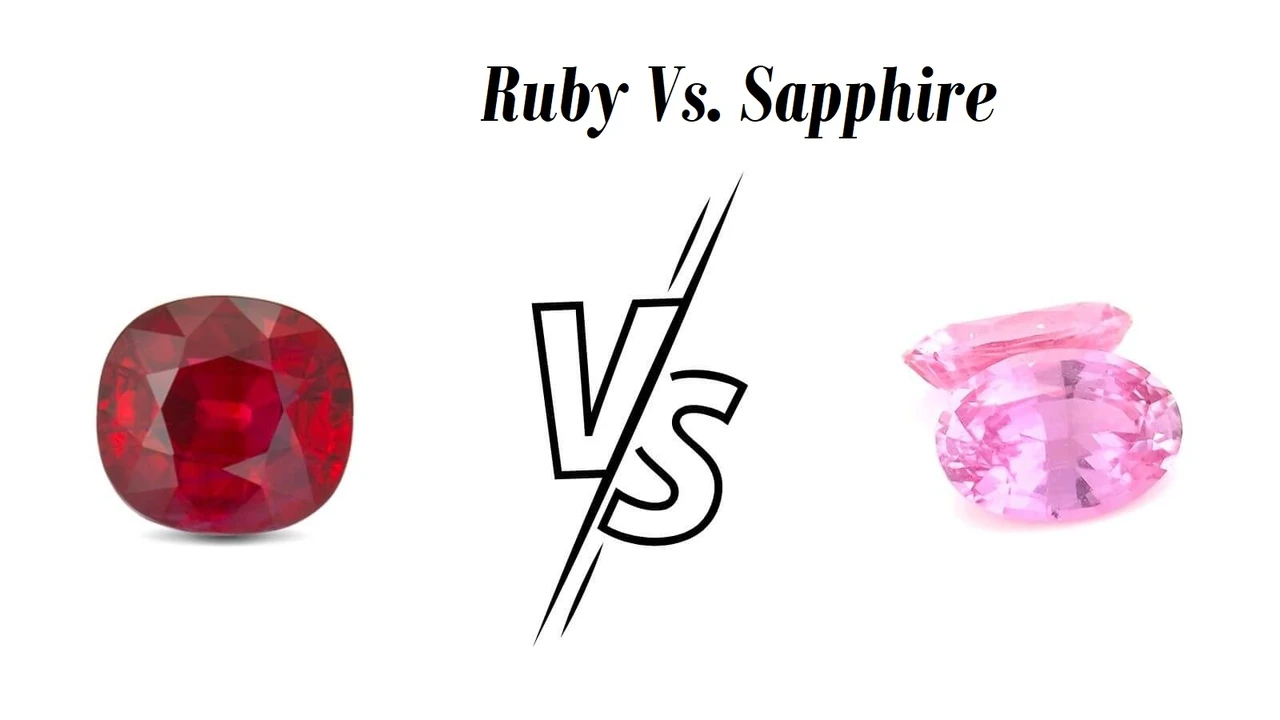5 Factors That Determine the Value of a Ruby
Unlocking the secrets to ruby valuation! This guide dives deep into the 5 key factors that dictate a ruby's worth: color, clarity, cut, carat, and origin. Learn how these elements combine to create a gemstone worthy of investment.

Ruby Color The Heart of the Matter
Color is king when it comes to rubies. The most prized rubies boast a vivid, pure red hue, often described as 'pigeon's blood.' This intense red is due to the presence of chromium. But it's not just about being red; the absence of brown or orange undertones is crucial. A ruby with a slightly purplish-red color can also be highly valued, but brownish or orangey tints significantly decrease its worth. Think of it this way: a ruby should scream 'red,' not whisper it. We are talking about the impact of ruby color on the final value.
Ruby Clarity Seeing Through the Haze
Unlike diamonds, rubies are rarely flawless. Inclusions, or internal imperfections, are common and often accepted. However, the type, size, and location of these inclusions play a significant role in determining clarity. Small, well-dispersed inclusions might even enhance a ruby's character, while large, dark inclusions can significantly detract from its brilliance and value. Eye-clean rubies, meaning those without visible inclusions to the naked eye, command a premium. The clearer, the better, but don't be afraid of a little character!
Ruby Cut Unleashing the Fire
A well-cut ruby can truly shine! The cut refers to the gemstone's proportions, symmetry, and polish. A skilled cutter will maximize the ruby's brilliance, fire (dispersion of light), and scintillation (sparkle). A poorly cut ruby, even with excellent color and clarity, can appear dull and lifeless. Common ruby cuts include oval, cushion, round, and emerald cut. The ideal cut will depend on the ruby's shape and size, aiming to minimize weight loss while maximizing beauty.
Ruby Carat Size Matters...To an Extent
Carat refers to the weight of a ruby, with one carat equaling 0.2 grams. Larger rubies are generally rarer and more valuable than smaller ones, assuming all other factors are equal. However, a small ruby with exceptional color and clarity can be worth more than a larger ruby with poor color and numerous inclusions. The price per carat tends to increase dramatically as the size increases, especially for high-quality rubies.
Ruby Origin The Geographic Influence
The origin of a ruby can significantly impact its value. Historically, Burmese rubies, particularly those from the Mogok region, have been considered the most desirable due to their exceptional color and brilliance. Mozambique rubies have also gained prominence in recent years, offering a more accessible alternative with excellent color. Other sources include Thailand, Vietnam, and Madagascar, each with its own unique characteristics. While origin is important, it's crucial to assess the ruby's overall quality rather than solely relying on its geographic source.
Product Recommendations and Scenarios
Now, let's dive into some specific ruby products and how these factors influence their value.
Example 1: The Burmese Ruby Ring
Imagine a 2-carat Burmese ruby ring set in platinum. This ruby boasts a vibrant 'pigeon's blood' red color with minimal inclusions visible to the naked eye. The cut is a classic oval, maximizing its brilliance.
Scenario: This ring is perfect for a special occasion, like an anniversary or engagement. It's a statement piece that exudes luxury and sophistication.
Price: Due to its origin, color, and clarity, this ring could easily fetch between $20,000 and $50,000, depending on the specific characteristics and the jeweler.
Example 2: The Mozambique Ruby Pendant
Consider a 1.5-carat Mozambique ruby pendant set in white gold. This ruby has a slightly less intense red color than the Burmese ruby but still possesses excellent clarity. The cut is a round brilliant, creating a dazzling sparkle.
Scenario: This pendant is a more versatile piece that can be worn daily. It adds a touch of elegance to any outfit.
Price: A pendant like this would likely range from $5,000 to $15,000, offering a more accessible entry point into ruby ownership.
Example 3: The Ruby Stud Earrings
For a more subtle option, consider a pair of ruby stud earrings. These might feature smaller rubies, around 0.5 carats each, set in yellow gold. The color might be a slightly lighter red, and the clarity might have some minor inclusions.
Scenario: These earrings are perfect for everyday wear or as a gift. They offer a touch of color and sophistication without being overly extravagant.
Price: A pair of ruby stud earrings could range from $1,000 to $3,000, depending on the quality of the rubies and the metal used.
Comparing Ruby Products
When comparing ruby products, always consider the 5 factors mentioned above. A higher price doesn't always guarantee a better investment. Focus on finding a ruby with the best combination of color, clarity, cut, carat, and origin within your budget. Don't be afraid to ask questions and compare different options before making a purchase. Remember to also check the reputation and certification of the seller to avoid scams.
:max_bytes(150000):strip_icc()/277019-baked-pork-chops-with-cream-of-mushroom-soup-DDMFS-beauty-4x3-BG-7505-5762b731cf30447d9cbbbbbf387beafa.jpg)






